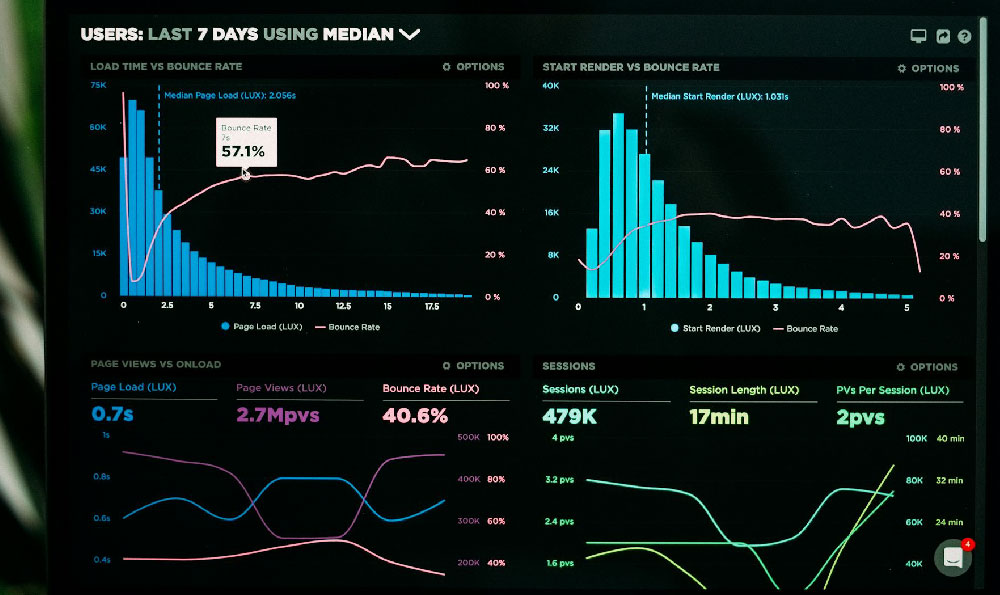The world of modeling often conjures images of glamorous runways, magazine covers, and lucrative endorsement deals. While these images hold some truth, they paint an incomplete picture of the diverse realities of a model's earning potential. A model's income is a multifaceted subject influenced by factors such as experience, agency representation, type of modeling work, location, and sheer luck. Determining an "average salary" is therefore a challenging task, bordering on misleading, as the range is vast. However, we can explore the landscape of model compensation to provide a clearer understanding of the financial prospects within the industry.
One of the primary determinants of a model's earnings is the type of modeling work they undertake. The modeling industry encompasses various niches, each with its own pay scale. High fashion modeling, with its emphasis on runway shows and editorial shoots for prestigious publications, can offer high earnings potential but is notoriously competitive and difficult to break into. Success in this arena often depends on securing contracts with top-tier agencies and developing a strong portfolio. Models working in high fashion can command substantial fees for runway appearances and advertising campaigns, potentially reaching six or even seven figures annually for the most sought-after individuals.
Commercial modeling, which involves appearing in advertisements for everyday products and services, generally offers more consistent work but typically lower rates than high fashion. However, the volume of work available in commercial modeling can compensate for the lower per-job pay. Models in this sector might feature in print ads, television commercials, or online campaigns, representing brands across diverse industries. Their earnings often depend on the usage rights of their image and the duration of the campaign.

Plus-size modeling, a growing and increasingly important segment of the industry, offers opportunities for models with diverse body types. While historically overlooked, plus-size models are gaining greater recognition and are commanding higher fees for their work. The demand for inclusive representation in advertising and fashion is driving this trend, making it a potentially lucrative avenue for models who meet the size requirements.
Another influential factor is the model's agency representation. Securing a contract with a reputable and well-connected agency can significantly impact a model's career trajectory and earning potential. Agencies act as intermediaries between models and clients, negotiating rates, securing bookings, and providing guidance and support. Top agencies often have the clout to command higher fees for their models and access to a wider range of opportunities. Models without agency representation often struggle to find consistent work and may be vulnerable to exploitation. Commission structures vary, but agencies typically take a percentage of the model's earnings, usually between 10% and 20%.
Experience also plays a crucial role in determining a model's earning power. Entry-level models, often referred to as "new faces," typically earn less than established models with years of experience and a proven track record. As models gain experience and build their portfolios, they become more marketable and can demand higher fees. Longevity in the industry is often rewarded with increased earning potential, as models develop strong relationships with clients and establish a reputation for professionalism and reliability.
Location is another significant determinant of a model's income. Models working in major fashion capitals like New York, Paris, Milan, and London tend to earn more than those working in smaller markets. These cities offer a greater concentration of modeling agencies, fashion houses, and advertising clients, leading to more opportunities and higher demand for talent. Living expenses in these cities are also higher, so models need to factor that into their financial planning.
Beyond these factors, sheer luck and networking play a surprisingly significant role. Being in the right place at the right time can lead to a career-defining opportunity. Attending industry events, building relationships with photographers, stylists, and designers, and actively promoting oneself through social media can all increase a model's visibility and chances of landing lucrative jobs.
Given the numerous variables at play, providing a definitive "average salary" for models is misleading. However, we can examine available data to provide a general sense of the earning spectrum. Entry-level models may earn as little as a few hundred dollars per job, while seasoned models with strong agency representation can command thousands of dollars per day. According to salary surveys and industry reports, the median salary for models in the United States falls somewhere in the range of $40,000 to $60,000 per year. However, this figure includes both full-time and part-time models, and the actual earnings can vary significantly depending on the factors discussed above.
It's important to remember that modeling is often a feast-or-famine industry. Work can be sporadic, and models may experience periods of high demand followed by periods of inactivity. Financial planning and budgeting are therefore essential for models to manage their income effectively. Saving money during periods of high earnings and diversifying income streams can help models weather the inevitable lulls in their careers. Some models supplement their income through other ventures, such as acting, influencing, or personal appearances.
Finally, aspiring models should be aware of the potential for exploitation within the industry. Unscrupulous agencies and individuals may prey on naive and vulnerable newcomers, demanding exorbitant fees for training or portfolio development, or failing to pay models for their work. It's crucial for aspiring models to do their research, seek advice from trusted sources, and avoid any situation that feels exploitative or unethical.
In conclusion, the financial realities of modeling are complex and varied. While the potential for high earnings exists, it's essential to approach the industry with a realistic understanding of the challenges and uncertainties involved. Success in modeling requires talent, hard work, perseverance, and a strong business acumen. By understanding the factors that influence earning potential and managing their finances effectively, models can increase their chances of achieving financial stability and a rewarding career.












